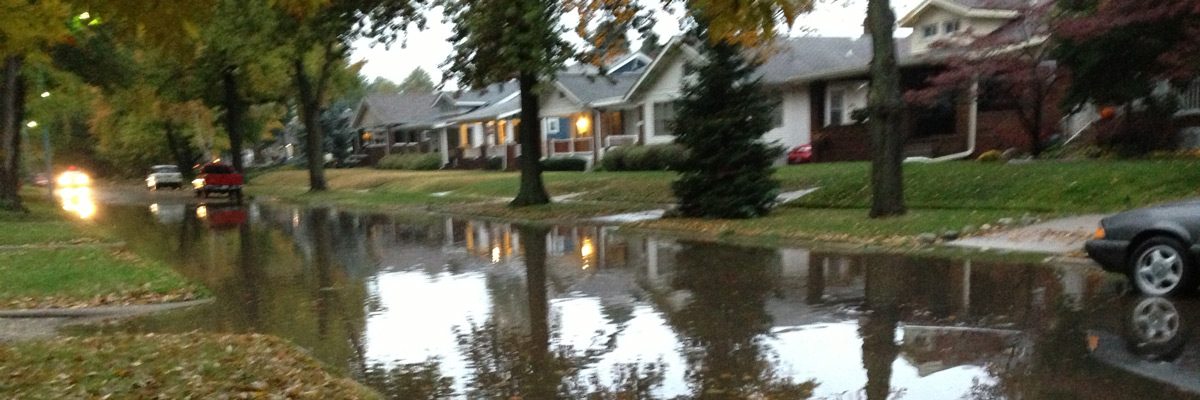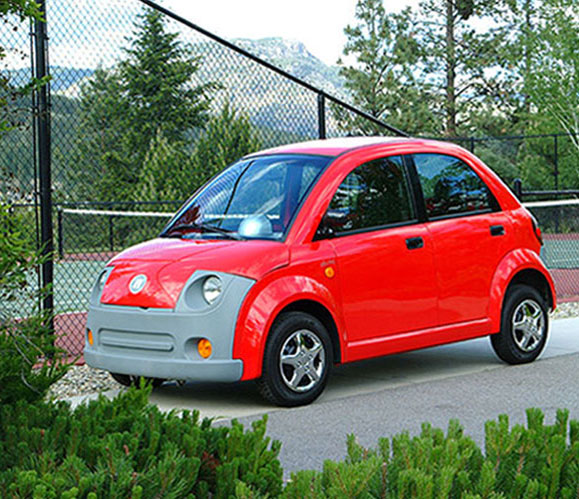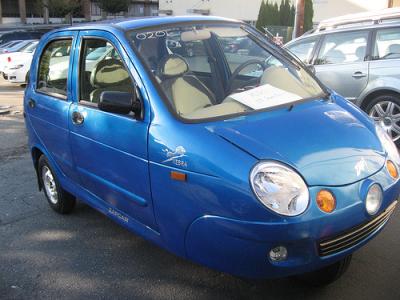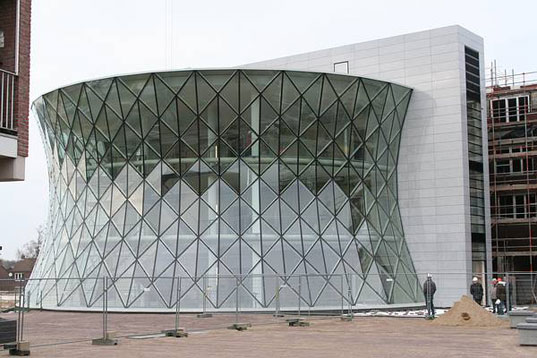into a search engine. I WAS still looking for that gosh darn #$@%!&*(”_) beetle like car that I saw in San Francisco. I turned up the Tango and just loved it. We shall take up SeaGen on Monday. Have a Good Weekend and may God Bless.

http://seattletimes.nwsource.com/pacificnw/2003/0727/cover.html
WRITTEN BY PAULA BOCK
PHOTOGRAPHED BY BENJAMIN BENSCHNEIDER
Even though it’s Ferrari red, zooms from zero to 60 in four seconds, and has a sensuous black leather dash with the same Motech data display found in Grand Prix race cars, this is not your typical little red sports car.
For starters, it’s smaller. Or rather, smallest. At 39 inches wide and 8 feet 5 inches long, it’s skinnier than some motorcycles and shorter than many a living-room couch. It runs on batteries, not gas. And, if the thing ever makes it out of Spokane and into consumer production — a big if — this two-person, commuter concept car could very well alleviate air pollution, cruise past freeway congestion, shimmy through urban gridlock and actually find a parking spot.
At the moment, however, U.S. Patent No. 6,328,121 (Ultra-Narrow Automobile Stabilized with Ballast) is causing a jam in front of Spokane’s Northtown Mall. Traffic stops, drivers gawk.
“Cool,” declares a 20-year-old strawberry blonde, snapping a paparazzi shot. “Can I borrow it and drive to California?” A silvery couple in matching pink polo shirts inquires about the nearest dealership. A woman with toddlers wants to know about safety.
Remarkably, though trapped by the rubberneckers, everyone smiles at the little red car, including a mall-security guy who, instead of unblocking the lanes, gives a thumbs-up: “Awesome!”
:}
It all started with a sailboat…
:}
Rick and Brian Woodbury refurbished an ocean-going 35-foot junk-rigged schooner, Sea Witch, to sail Puget Sound. It was the sailboat, in a strange way, that launched the skinny car. “Mom hated it,” Bryan recalls. Alice Woodbury never acquired sea legs, feared her family would drown, and didn’t like her husband and son spending every weekend across state at Bainbridge Island’s Eagle Harbor, where Sea Witch moored for free. So Alice issued an ultimatum: The boat. Or her.
Kickstart. Father and son sold Sea Witch and started work on the Tango
Compared to that, creating the Tango was quick, cheap and clean. In 1998, Rick and Bryan took their $20,000 profit from selling the boat and haunted junkyards and used-car lots buying parts. In Seattle, they found a 1968 Fiat 850 Spyder that had been converted to electric, trailered it home to Spokane and tore it apart in their garage. Within two months, they’d built a new frame, mounted wheels, brakes and steering components and rolled the chassis down the street, neighbor kids chasing alongside. By winter they had a drivable car, and by fall, they were racing it on autocross tracks. Working from a photo-shopped picture of a 1998 Mercedes A-Class hatchback morphed to ultra-narrow dimensions, Bryan hand-sculpted a body for the car out of Urethane, fiberglass, epoxy and Bondo, sanding large areas with a cheese grater. They hired a pro to finish and paint the body, then took the car to California.
:}
Turns out they have their own page:
http://www.commutercars.com/
Meet the Tango
Introducing the world’s fastest urban car
The revolutionary commuter vehicle that combines the speed and agility of a motorcycle with the security and comfort of a high-performance sports car.
Beat Traffic:
The Tango’s ability to maneuver through traffic is second to none. Like a motorcycle, it can change lanes to gain advantage in traffic better than any car in history. Unlike a motorcycle, it is safe, dry, climate controlled, and can securely carry a reasonable amount of cargo. Where lane splitting is permitted (i.e., driving between lanes of stopped or slow-moving traffic), such as California, Europe, and Asia, the advantage can be staggering. In extremely heavy traffic, a Tango or motorcycle can travel in 20 seconds the distance that cars travel in 20 minutes.
Help forge a congestion-free future:
The Tango can fit in a 6-foot half-lane with more clearance than a truck has in a full 12-foot freeway lane. This virtual doubling of lane capacity can make the traffic jam a fading memory.
Parking:
A Tango can park perpendicular to the curb, in left-over spaces between cars or driveways, next to buildings, or in unused corners of parking lots–in thousands of heretofore-unusable parking spaces.
:}
For more than you ever cared:
http://www.spokesmanreview.com/breaking/story.asp?ID=17387
http://metrospokane.typepad.com/index/2008/06/tango-the-world.html
http://www.evworld.com/news.cfm?newsid=16622
http://en.wikipedia.org/wiki/Commuter_Cars_Tango
It really is a cute little car (:=}
 Sign up now for the Sustainable Dave Newsletter and earn a chance to win your very own Dave’s Bag!
Sign up now for the Sustainable Dave Newsletter and earn a chance to win your very own Dave’s Bag!






